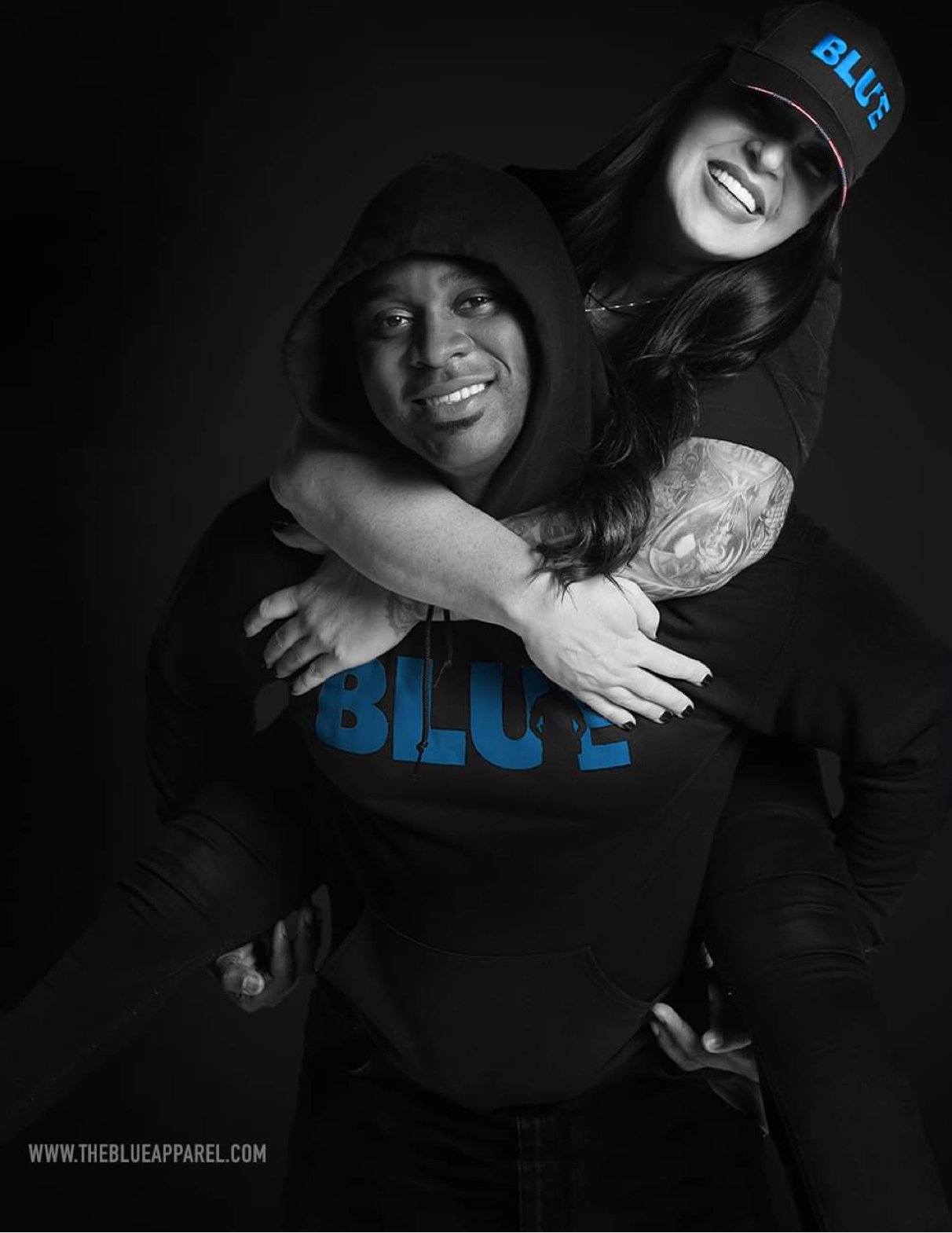Do Cops Make Good Bodyguards?
/Do Cops Make Good Bodyguards?
By Dr. John Giduck and Matt Adams
Between the October 2025 ambush of a businessman at his home in Macomb County, Michigan, the targeted killing of United Healthcare CEO Brian Thompson in December 2024 and the assassination of Charlie Kirk, not to mention the two efforts against Donald Trump’s life, we live in an era of targeted threats and killings. Business executives and other high-profile leaders can’t ignore the increasing threat to them. Right now, celebrities, politicians, church leaders and countless others live with daily threats on their lives. Much of this is driven by the mass radicalization caused by Left Wing news and talk shows, as well as social media’s pandemic of hate. With each event, others who have long-thought of doing such things are incentivized. Rhetoric like that of Virginia Attorney General hopeful Jay Jones’ highly publicized emails during the 2025 election, in which he fantasized about putting two bullets in the head of a previous political opponent, only add fuel to this simmering social fire.
In the face of this growing threat, the question must be asked just who those in danger can turn to for security. Many believe that hiring prior or current cops offers the best protection. Citizens assume all police are expert at three things: shooting, fighting and being bodyguards. But are the skills of our nation’s warriors in blue really suitable for them to serve the role of Kevin Costner in the famous movie The Bodyguard? Can they really fight, shoot and perform all the other skills of executive protection or bodyguard (EP or BG) work, much of which is not even known to the uninitiated?
Transferable Skills
Certainly, police possess skills with direct application to EP. Training and experience provide excellent observation capability; especially of the immediate environment and people who are potential threats. They are exceptional at quickly assessing whether someone has a concealed weapon and that person’s hostility level. This is critical, especially in the Close Protection realm of EP. Situational Awareness is something addressed in everything from LE training to FTO mentoring and even publications like BLUE. Nothing is more important to a BG.
They also are competent with firearms. Certainly, all police qualify regularly. But they are also forever making decisions over whether to be prepared to draw a weapon and which weapon to draw, including “shoot-don’t-shoot” decision-making. The chances of a cop having to fire a weapon are much higher than a BG. In EP, so much effort goes into planning and ensuring all factors are in favor of your protectee’s safety that if you end up shooting someone, you failed on several levels long before the gun was drawn and hammer cocked.
Fighting – or using defensive tactics – is one area that police are probably not as highly trained as most people believe.There are too many DT systems that are not reality-based. They’re often more oriented to keeping a department from being sued than ensuring the officer’s safety. Even when going “hand to hand,” the skills police require are often quite different from that of a BG. This includes close-quarters weapons disarming, something both are typically trained in. However, police also realize the difficulties and potential threat to tussling with a suspect on the ground while armed. BGs never seek to control and secure a threat, never arresting anyone. The rule for EP is to stop the threat and evacuate the client. It is always better to evade-and-escape than fight, and BGs do not have the right to pull a gun in all the circumstances police enjoy. That is another advantage of police as bodyguards. Whether retired with LE credentials, or active duty working a side gig, when problems ensue and local LE arrives you will often be given latitude that other, out-of-town private-security professionals may not. That is one of the reasons when running EP details, we always seek to hire at least one off-duty local officer for every shift.
On the less dramatic but equally important side, from shifts spent securing public buildings, controlling crowds or traffic, cops are comfortable spending long hours standing guard while maintaining vigilance over potential threats. Bodyguards do much the same. Just ask any Secret Service agent. It isn’t all high speed and glamor. In fact, if you’re doing the job correctly there is seldom drama. Just like police work, though, EP is a difficult job that can come with difficult decisions. Both see long hours of tedium interspersed with brief seconds of adrenaline-fueled action. You have to stay “switched on”.
An Expansion of Skills
But there are certain conditioned behaviors of police that do not fit well into the EP/BG model. Chief among them is recognizing that you are never there to make an arrest. Everything changes when your only priority is the client’s safety. Use your police experience to mentally log things that will be important to a police report later, like description of an attacker and type of weapon, but do so on the fly as you move quickly away. You must also discipline your police instinct to get control of environmental situations you encounter. If you’re moving your client down a city street or through a parking lot, don’t be distracted by an argument or fistfight between others. You are not there for that. When running CULEX’s on the final day of police EP training, we will often stage an altercation to test the cops’ ability to only react to it as a potential hazard to the client and alter the route.
A rule for the most professional of BGs – and one police benefit from - is to be friendly and approachable where possible. When working in private security, you do not have the authority of a cop to order someone to move away, remain in place or not enter a public restroom your client is in. Doing so only invites conflict that becomes more of a threat to the client than the person posed in the first place. Learn to navigate situations with well-mannered professional courtesy. You are never there to engage, not on any level with anyone; merely to ensure your protectee is always in a safe space.
This requires changing your focus. Since you always know where your client is, your focus changes from him to the areas and people around him. Threats always come externally. If your client is giving a keynote speech at a conference, you should be in a position to scan the crowd to the front, but also people to the sides and even working backstage areas. You must also be in a position to move quickly to your client or between him and a gunman. This is another difference with EP work: You train to first get between a shooter and your client at the closest point possible. These are called movement-to-target drills where you make a high-speed decision whether you can reach the shooter, the client or get in the line of the bullet the fastest. That means you become the human shield for that client and never move to cover for your own safety. In EP work, you are pledging your life to ensure the life of the person paying you. Your body armor is as important to your client as it is to you.
Also, when in the EP role you must remember you are not enforcing the law – any law. When people have BGs, they are taking a relative stranger into their most private lives. That gives you glimpses into things that the job demands you maintain the confidentiality of. Clients are trading intimacy for safety, but also depending on your ability to keep secrets. This is recognized at the highest levels of government. Secret Service agents and governors’ state police protection officers are never called to testify as to the goings-on in the chief executive’s private life. They need to maintain their protectees’ trust, not risk compromise, and ensure executive privilege. Celebrities are notorious for bending laws in their personal lives. If covering rock or movie stars, even politicians and business executives, short of needing to put a stop to horrifically dangerous or felonious behavior, the EP role demands you merely focus onyour client’s security. Remember Japan’s “Three Mystic Apes”: see no evil (Mizaru), hear no evil (Kikazaru) and speak no evil (Iwazaru).
The last and most difficult of the adjustments police must make when serving as bodyguards is the abandonment of the “no cop left behind” rule. If a shooting takes place, you must leave your partner and evacuate the client. Your teammate’s job becomes engaging the threat solely to provide you the ability to move the client to safety.
Police can and usually do make excellent bodyguards. But they must be realistic about the differences in the role before taking someone’s money and pledging their lives to that person’s safety, something they already do every day for perfect strangers. John 15:13 states, "Greater love has no one than this: to lay down one's life for one's friends". In EP work, police bring their willingness to risk their lives for others into a new realm.
Dr. John Giduck has a law degree, a master’s degree in Russian Studies and a Ph.D. in Middle East Studies. His dissertation was on the evolution of jihadist terrorist mass-hostage siege tactics throughout the world. He has trained police departments and SWAT throughout the US. His latest book, 1500 Years of Fighting, can be found on Amazon. He is also the author of Terror at Beslan: A Russian Tragedy with Lessons for America’s Schools (listed by Police1 as one of the top 15 all-time must-read books for police); Shooter Down! The Dramatic, Untold Story of the Police Response to the Virginia Tech Massacre, along with co-author Police Commissioner Joseph M. Bail; and When Terror Returns: The History and Future of Terrorist Mass-Hostage Sieges. He can be contacted at john@circon.org.
Matt Adams is a 32-year law enforcement veteran. Beginning as a patrol officer, he is currently a Special Agent for the Office of the Attorney General in Colorado. He has served as an instructor in high-liability areas such as firearms, Taser, defense tactics and SWAT. Matt served on his department’s SWAT team as a team leader. He is a multiple black belt holder Matt was trained in close protection and surveillance through a SAS-based EP course in the UK. He has worked EP for foreign dignitaries, generals and high-risk terror targets, as well as providing EP training for US SWAT teams for joint operations with the Secret Service and State Department Security details.









